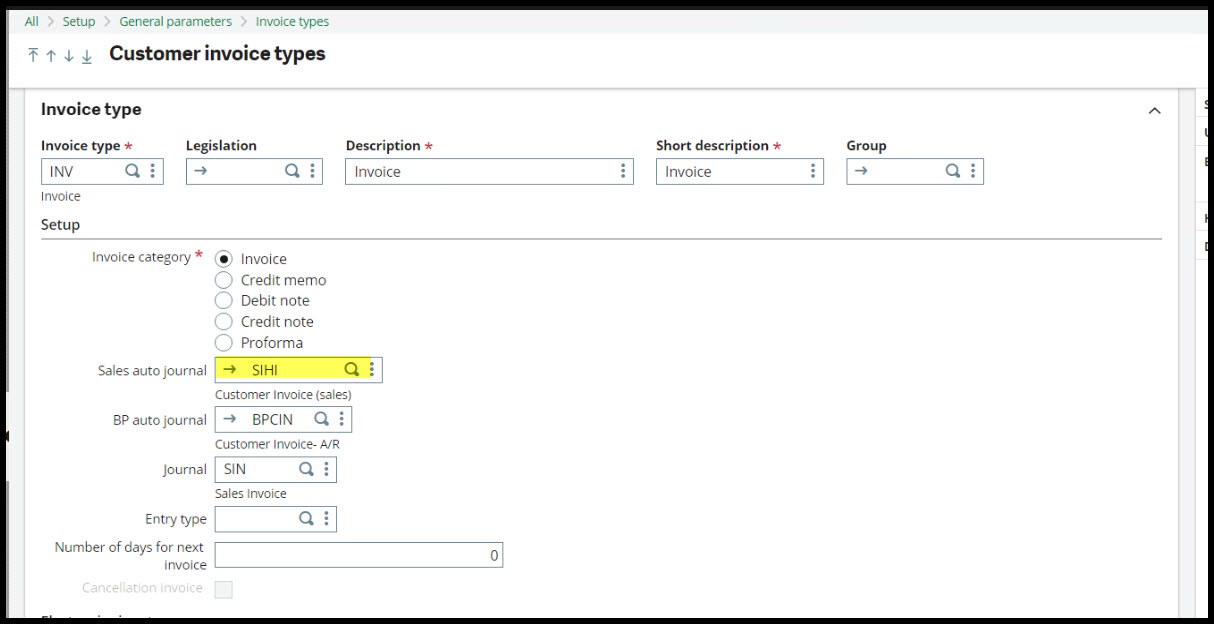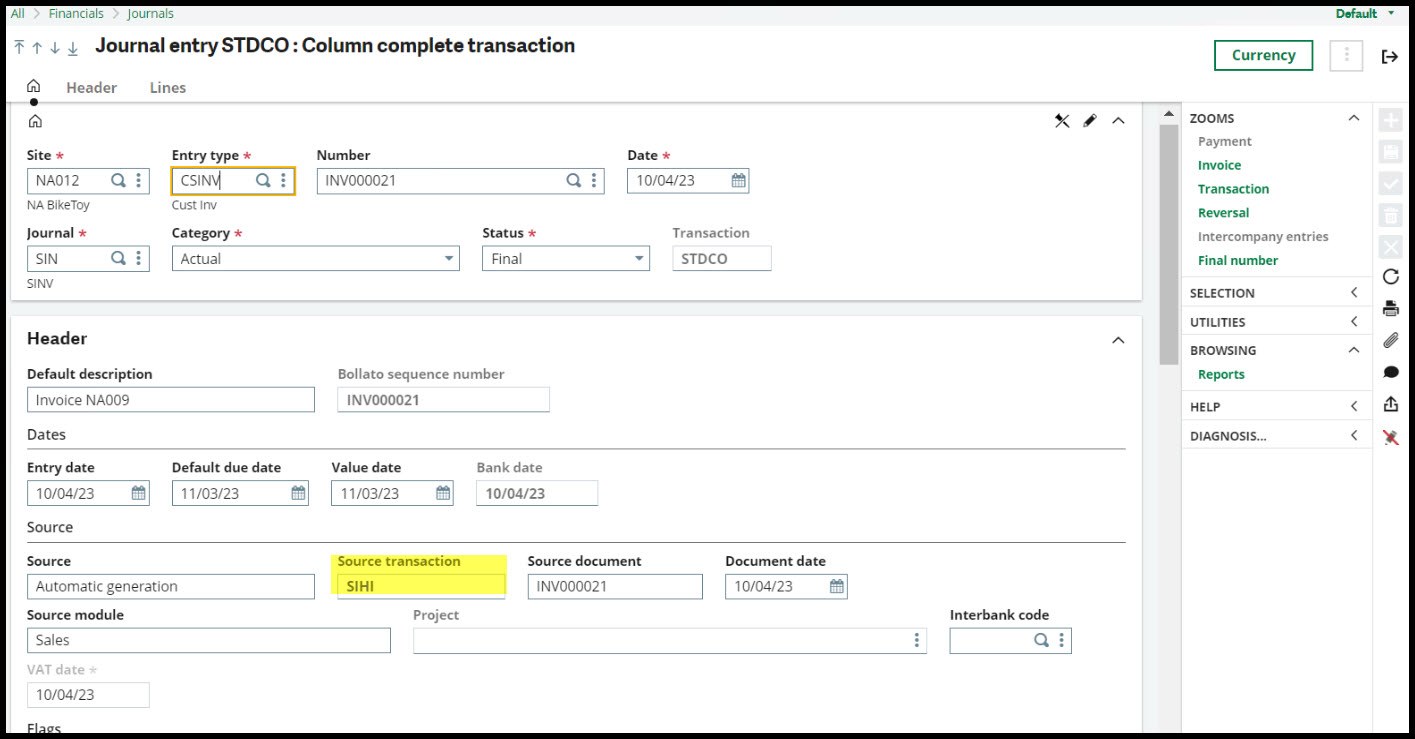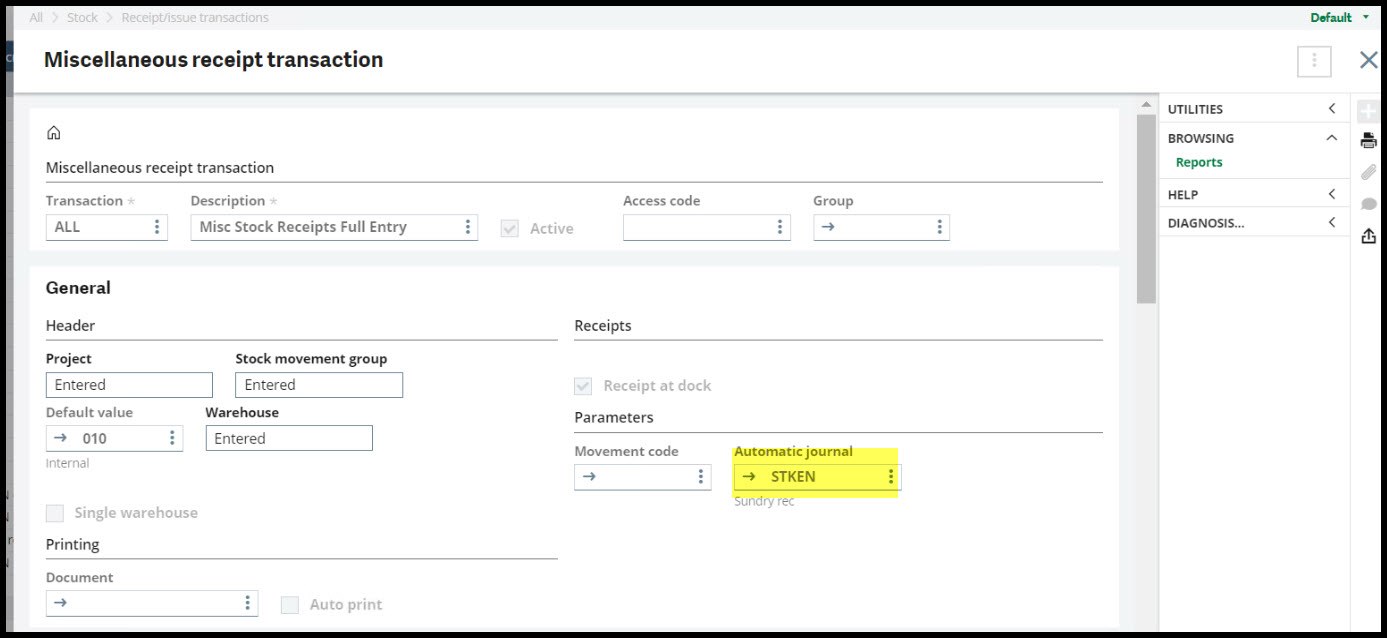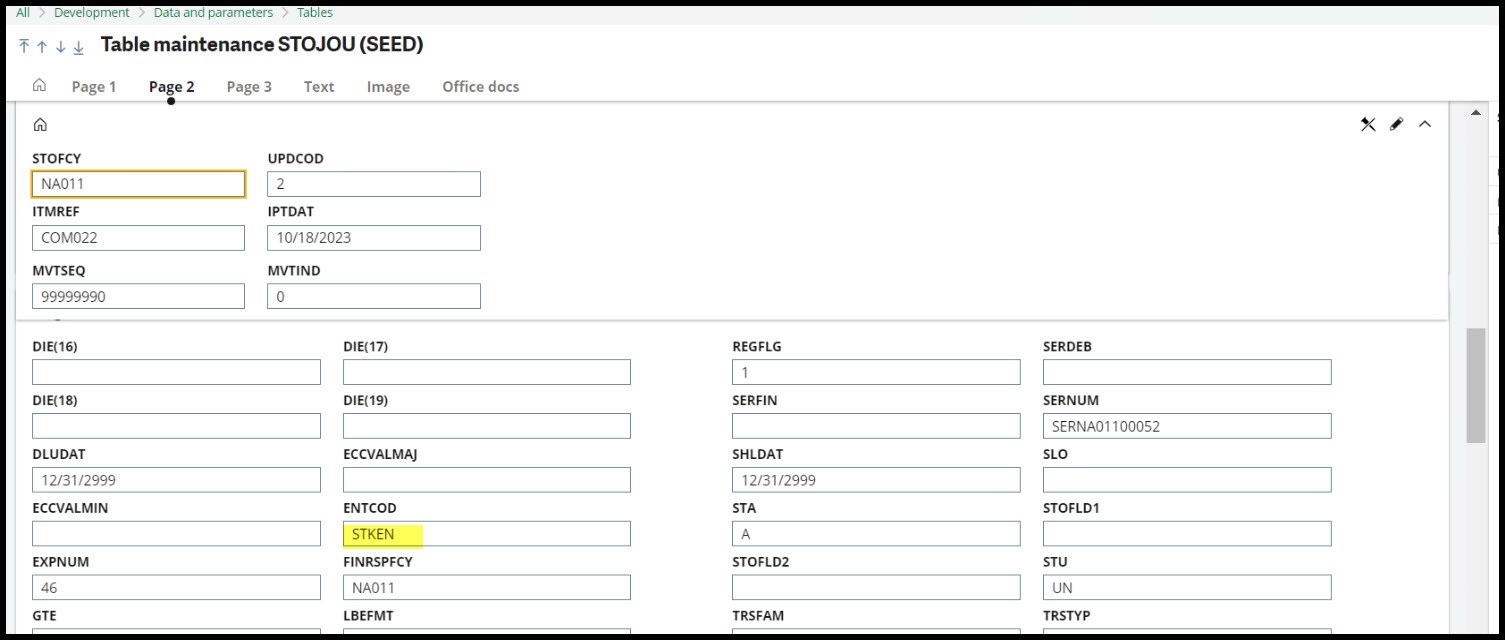Time to go on our sixth thrilling adventure exploring the automatic journals and see what determines which auto journal will be used. Our previous travels have taken us through:
- Exploring auto journals: the “V_” formula
- Exploring auto journals: the descriptions
- Exploring auto journals: the journal type
- Exploring auto journals: what table Is that?
- Exploring auto journals: a post update review
Before I proceed, as I mentioned in previous blogs, it is better to do our exploring in the test environment. It is too easy to accidentally click Save and alter our auto journal. Any time we are testing, playing, or just exploring, the Test environment is the safest place to do it in. A Test environment is perfect to use for training. A current copy of your production data is even better.
The first step in our journey is locating the Automatic journals: Setup, Financials, Accounting interface.
Trivia break: Did you know if you select English (United Kingdom) instead of English (United States) for your language in Personal Settings, Setup is called Parameters and Reports is known as Printouts? Now back to our regularly scheduled blog.
Let’s look at a few simple transactions and see how the auto journals are determined.
For the Sales Invoice (GESSIH) INV000021, we will go to the invoice Type which is INV.

For invoice Type INV, the Sales auto journal is SIHI. If this were a BP invoice, it would be BPCIN.

The Journal entry for invoice INV000021, displays the auto journal SIHI as the Source transaction. You can use the journal entry to back into the auto journal.

Now for a Miscellaneous Receipt (GESSRT). MRCNA0110009 is Transaction Entry Type All. We will click on Transaction in the right box to find the Automatic journal

The Automatic journal is STKEN on the Miscellaneous receipt transaction.

We can look at the Journal Entry and verify that the Automatic journal is STKEN.

For inventory transactions, the Automatic journal code is stored in the ENTCOD field on the STOJOU table. Refer to Development, Data and parameters, Tables, Table maintenance, call up the table and click Maintenance in the right box or access the table through Development , Utilities, Maintenance, In lines (GMAINT)to review the table entry.

I hope these examples will get you started on your journey tracing auto journals.
If this sparked your interest in learning more about automatic journals, Sage University offers these classes:
- X3 - Sage X3 - Expert Workshop: Unlock the power of Automatic Journals
- X3 - Sage X3 - A deep dive into Auto Journals
If the classes aren’t currently scheduled, be sure to click Notify me to be contacted the next time the sessions are available.
Take care my X3 friends. Stay safe!

